Like most kids growing up in the Rome area, I heard the ghost stories surrounding Mountain Springs Church, also known as “the church located at the end of CCC Road.” People would talk about ghosts, devil worship, and haunted bridges. It was one of the most talked-about haunted places around Rome. I dreamed of seeing a real ghost one day, and this seemed like the perfect spot!
My family frequented worship services and reunions at Mountain Springs Church during those same years. I remember hearing stories of my family’s deep roots and strong ties to the church and its surrounding area. It wasn’t until I was older that I connected the two as being the same place and learned the truth behind the church and its tales of ghost sightings.
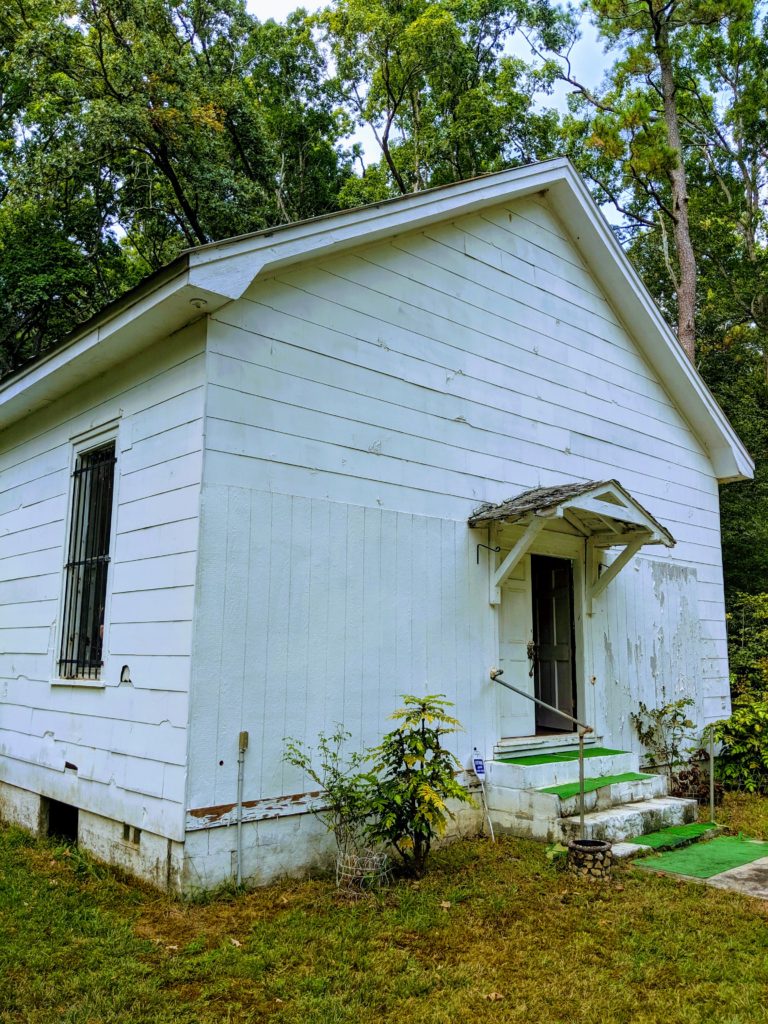
Marvin Clay (my grandfather) lived in South Georgia, where his family worked as sharecroppers on the Mason Plantation. Mrs. Mason sent several boys from families who worked their farm up to Berry School for education to provide for the poorer families. Some of the boys got homesick and wanted to come home. In desperation, she went to Marvin and asked him what she should do.
The clever 20-year-old Marvin saw this as his chance to get an education and proposed to Mrs. Mason. He would ensure the boys stayed if she sent him to Berry School. Marvin kept his word when he arrived at Berry. Like all young men, though, Marvin sometimes got into mischief. Without permission, he and some friends snuck off from his dorm one Sunday morning. They attended a homecoming service at Mountain Springs Church. That’s where he met the prettiest girl he had ever seen – Sybilla Terrell. Her family was one of the many families who lived close by and regularly attended Mountain Springs Church. Sybilla later became his wife, my grandmother.
Mountain Springs Methodist Church was one of several small churches that served as places of worship for the people who lived in the homesteads scattered around the area. Today, if you look at an overhead satellite view of Berry College, you will see traces of long-abandoned roads and byways that once served as the connections between these rural homes and the greater Rome area.
Mountain Springs Church’s history dates back to at least 1889 when the land was deeded for a church and cemetery. The first building on the site was a multi-use log building that served as a schoolhouse during the week and a church on Sunday. The current church building, located across the road from the original building, was relocated from Old Summerville Road in 1900. Imagine the difficulties in accomplishing this.
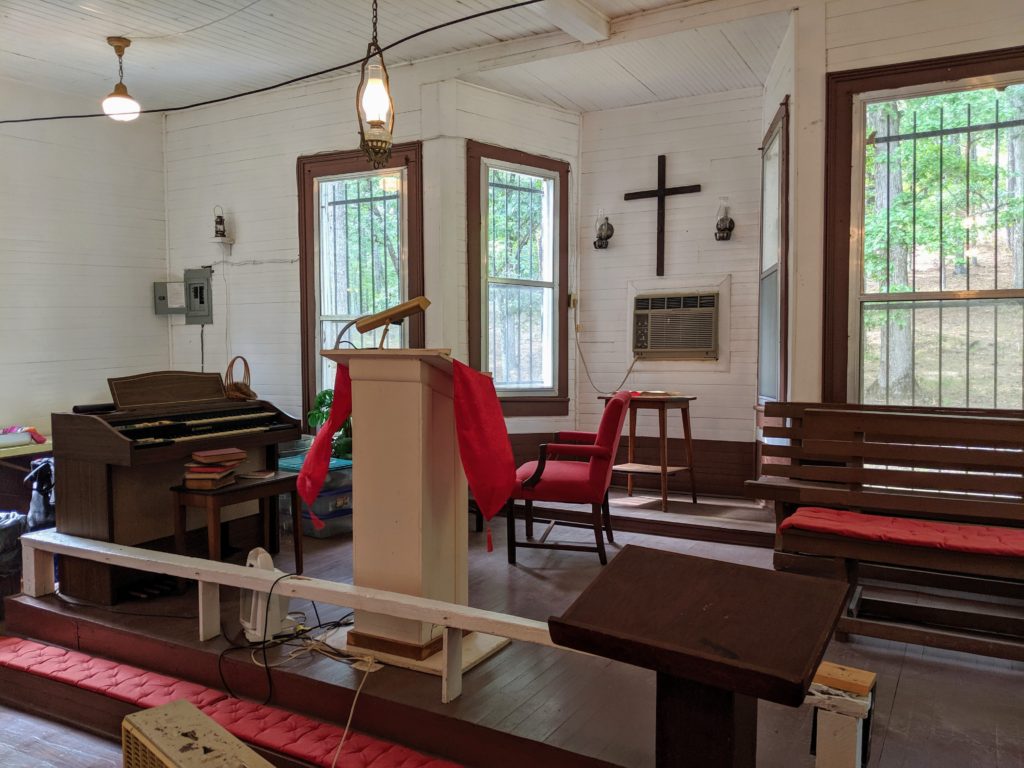
In 1933 President Roosevelt started the Civilian Conservation Corps (CCC) to provide jobs for unskilled young men during the great depression. In Floyd County, one such project was CCC Road, built to give this community a more convenient way to reach the Rome area.
While this monumental project provided a new convenience for the families serviced by CCC Road, it was also the beginning of the disappearance of the mountain family’s way of life. This convenience, coupled with Berry College’s massive land acquisition in the area, led to the families moving closer to the industries and shops of Rome and other surrounding urban centers. The small churches that dotted the countryside and serviced the local families began to grow smaller and closed their doors. Also, easier access for Rome’s teenagers to these now-abandoned homesteads and churches gave rise to spooky tales surrounding these once-bustling (but now largely vacant) neighborhoods. Unfortunately, these newly discovered empty buildings began to be vandalized by curious “ghosthunters.”
To curb the vandalism, the people who still visited and cherished Mountain Springs Church decided to build a caretaker’s residence. There was no power servicing the site, so the caretakers only had kerosene lanterns to provide light. Imagine: You’re a teenager trespassing in a “haunted” churchyard in the middle of the night. You encounter a strange light, far from where any lights should be. Do you stop to think it might be a caretaker with a lantern? Or do you convince yourself (and your friends) that the place is haunted? I’m sure this gave credence to the “haunted church” legends.
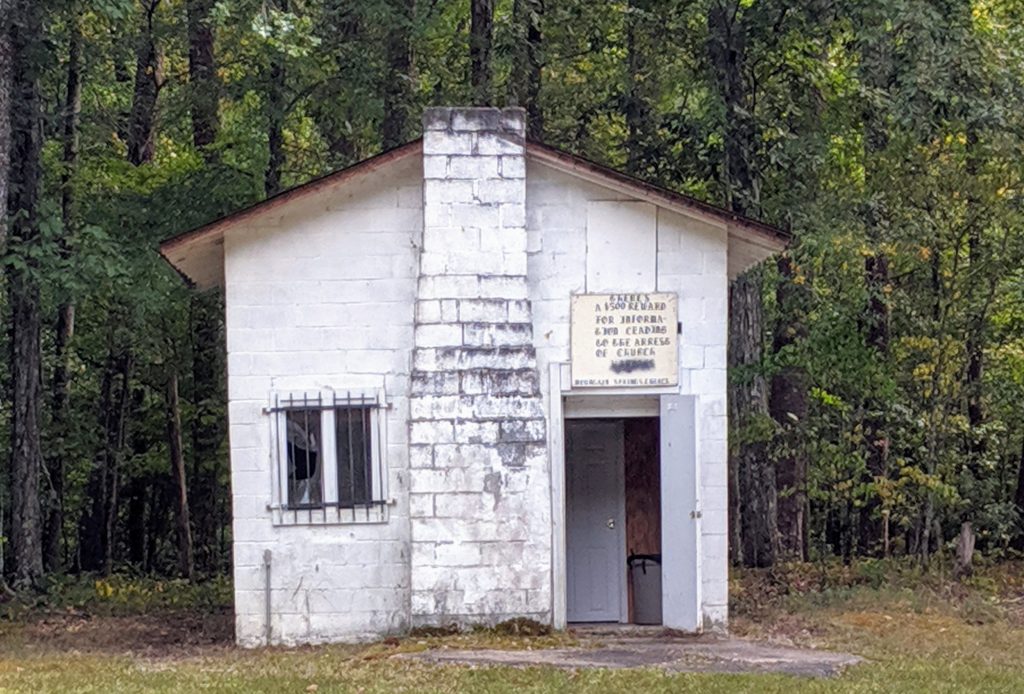
Many local families, including mine, with roots deep in the Northwest Georgia Mountains, have relatives buried in the church’s cemetery. It is located at the top of the hill behind Mountain Springs Church. Unfortunately, vandalism and time have defaced or otherwise damaged many gravesites. Many people have tried to curb damage and preserve this cultural gem over the years.
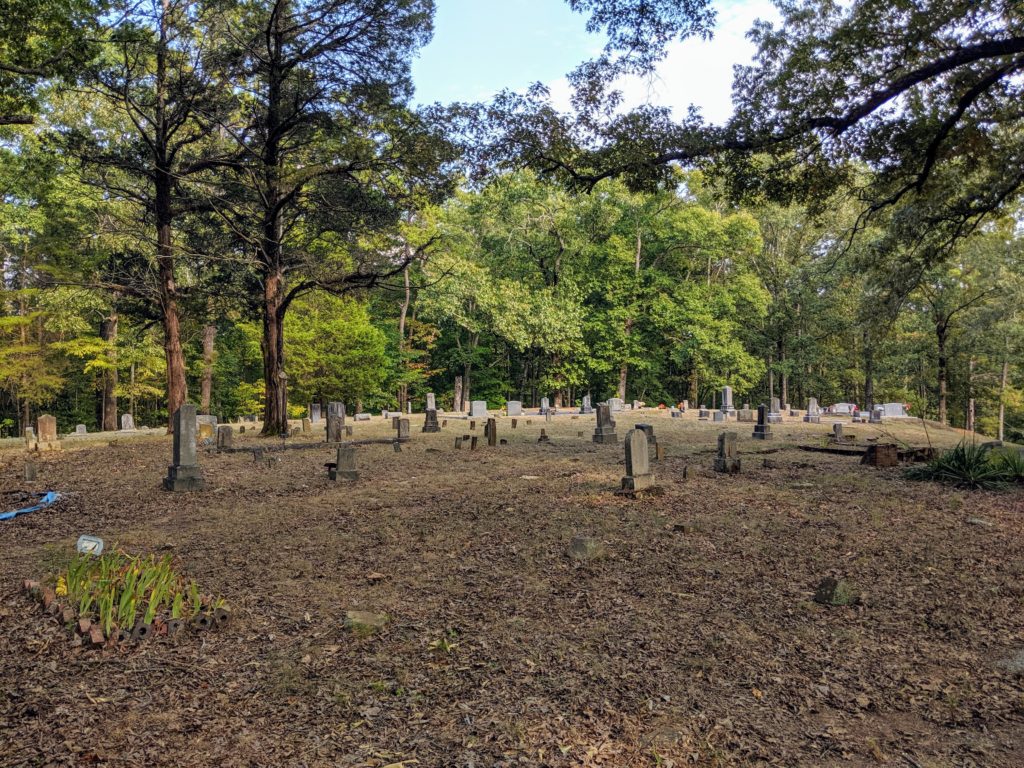
A core group of people still meet there on the second Saturday of each month at 4 pm. Most of them are descendants of previous church members seeking to continue the traditions started by their ancestors. An offering is collected, intended for grounds maintenance and upkeep (among other things).
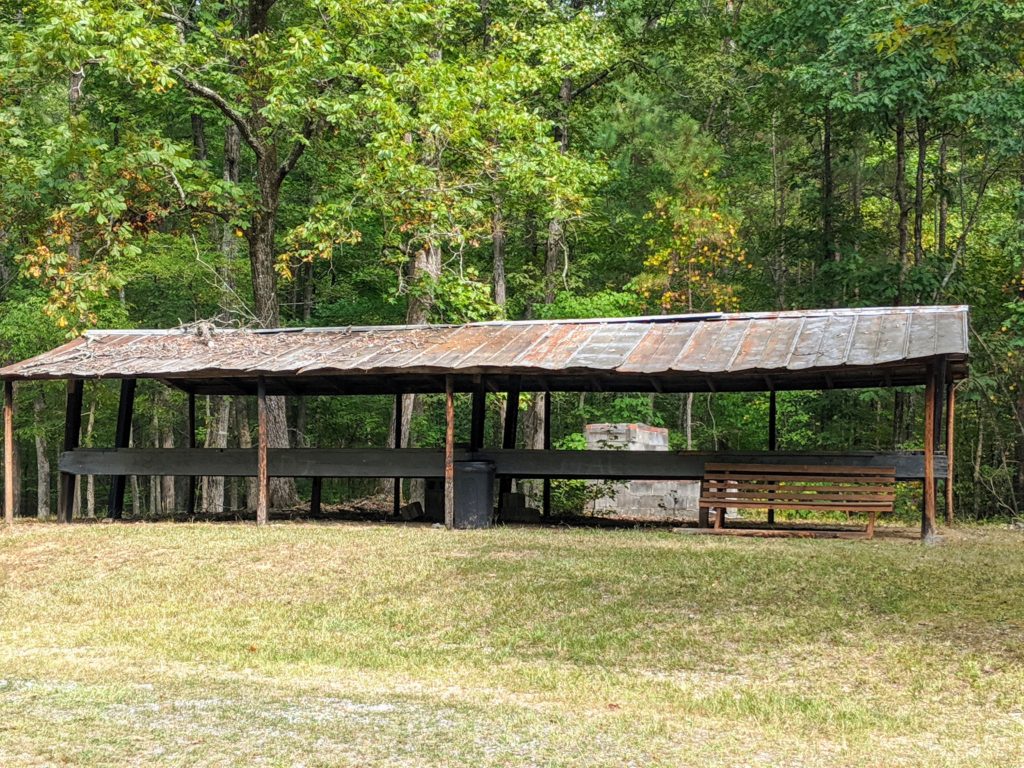
This church and its history need to be preserved, not destroyed. Growing up, I would see my dad’s heartache when he heard the news of another horrible act of vandalism at this church that means so much to him and our family. It is heartbreaking that churchgoers must spend the little money collected in offerings repairing damage caused by mischief instead of performing other much-needed building and grounds preservation. I wrote this article to educate people about the history behind Mountain Springs Church and its rich local heritage. People should cherish and protect this unique piece of history instead of fearing it.
Check out the links below to learn more about Mountain Springs Church and the surrounding community. I invite you to come to a service and experience a unique living history. Talk to members and ask questions. They love to tell stories!
Also, please correct people who unknowingly spread misinformation that may lead to vandalism and ultimately destroy this important piece of local history and culture.
Mountain Springs Church is the official website of the church. Here you will find information and copies of documents relating to the founding and history of Mountain Springs Church.
“Mountain Springs These Days” is an article written by my cousin Pam Walker discussing Mountain Springs and its history.
For more history, read Oak Hill Museum: The Life and Legacy of Martha Berry or Discovering The Beautiful Berry College Campus.
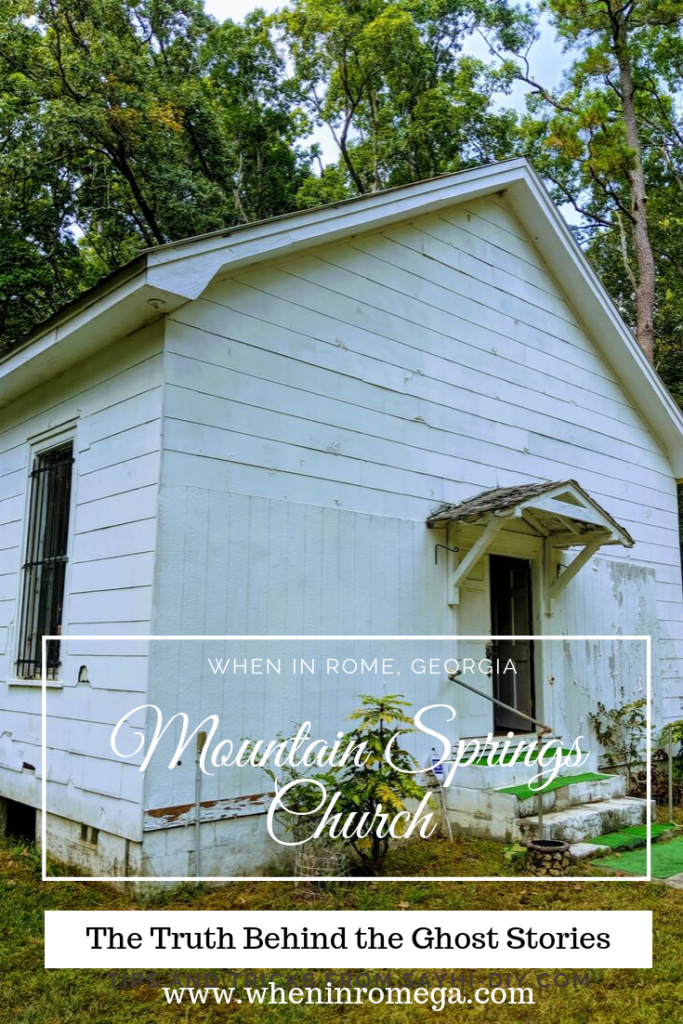
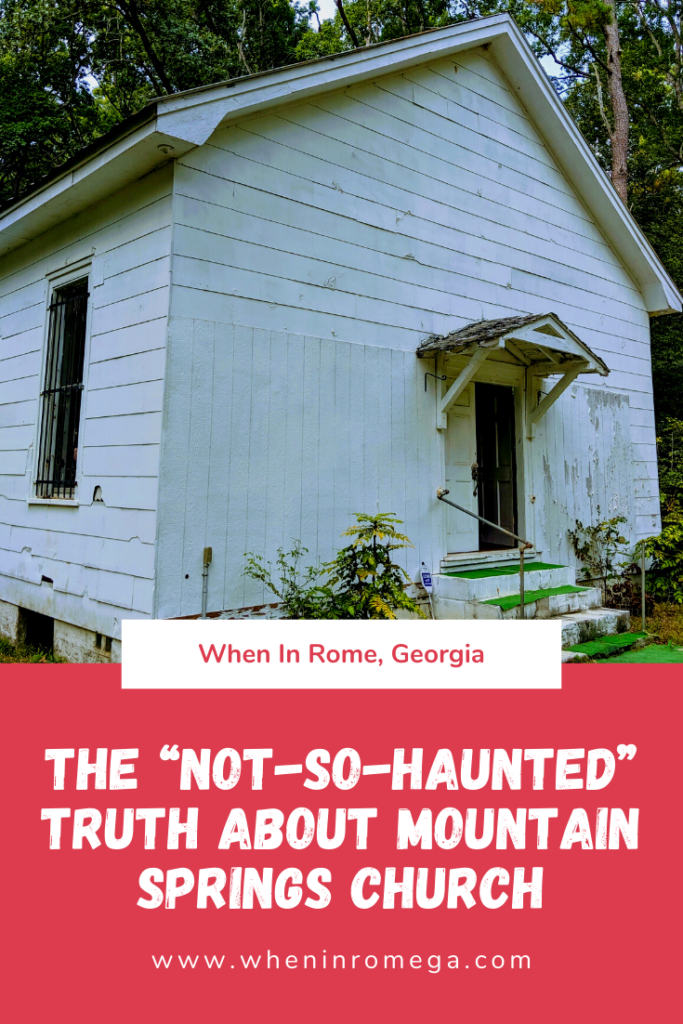





So interesting! Our little church in Plainville has some connections with this little church.
I would think many of the older churches in the region are connected in some way. Communities weren’t as isolated as many today would think. Thanks for your comment!
I have a cousin buried in the cemetary. I thought the church belonged to Berry College. Does Berry not take care of the church and cemetary?
No. The church and it’s grounds are maintained by a separate groundskeeper funded by donations. It does not belong to Berry College.
I am a descendant of John Cook who deeded the land for this church. I remember going to a service, possibly a homecoming here in the late 1960s. interested to come to one of the meetings when they resume after the pandemic.